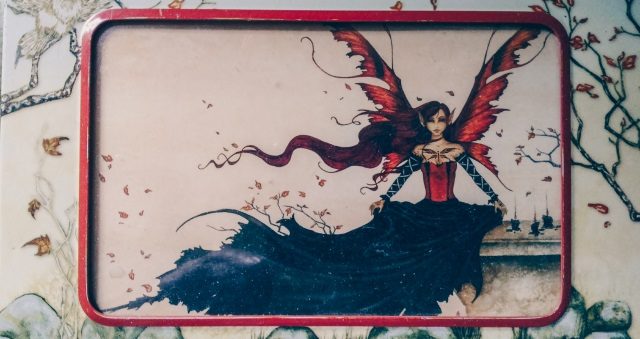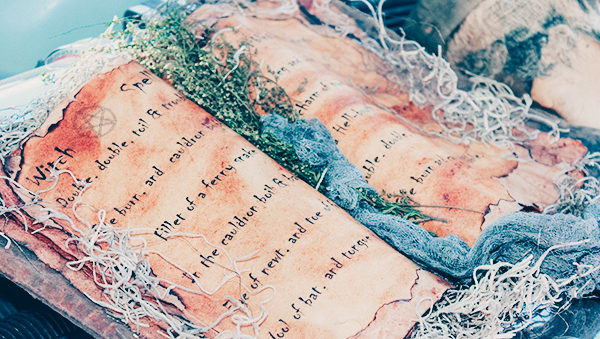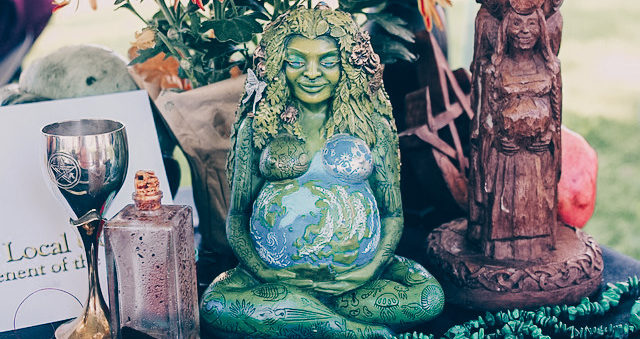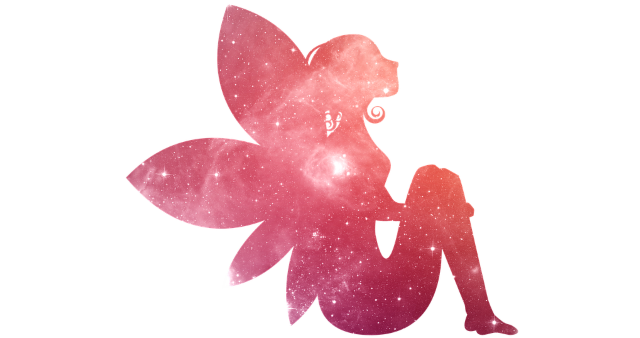When you’re on a path for a number of years, it’s easy to accumulate favorites – things you’d never want to do without. Here are just a few of my favorite witchy things. The first item is one that remains both useful and nostalgic and that is Good Magic by Marina Medici. This is among the first of several books… Read More
Wicca & Witchcraft
Now we come to our final (and a tad belated) post on the topic of vocabulary: Wicca and Witchcraft, Wiccan and Witch… These four words are often used interchangeably, yet do not have the same meanings to everyone. I am fairly particular about these words myself, and must preface this by saying, as always, that this is my point of… Read More
Pantheism and Panentheism, Paganism and Neo-Paganism
In my last Witchy Wednesday post, I briefly defined and discussed monotheism, polytheism, monism, and dualism. I’d like to continue sharing my thoughts on this by delving into pantheism and Panentheism. These are probably the two most confusing words in the religio-magick lexicon, as they sound so alike, yet have two different meanings. Pantheism Pantheism is the doctrine that all aspects… Read More
Thoughts on Deity or My Ism
Monotheism, Polytheism, Pantheism, Panentheism… These words can confuse and befuddle even educated people. There appears to be a fine line between some of these things, none at all between some, and a rift of immeasurable proportions between others. As a Pagan and witch, I’ve spent far too much time pondering what these mean to me. It’s daunting enough for some people… Read More



